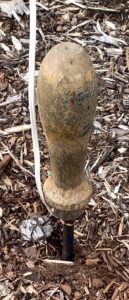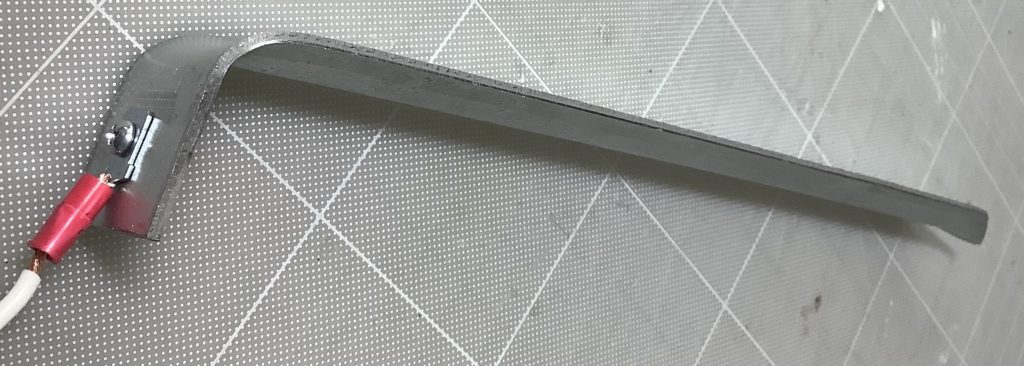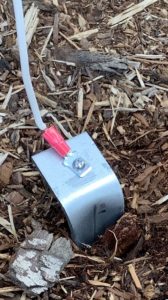I spent a little time with the Casio CT-S1000V this morning, trying to dial in a mellow Rhodes EP with tremolo. The Stage E.Piano tone is nice, but has auto pan instead of tremolo. I like tremolo since I usually go MONO into the live sound system.
Studying presets is always informative. The DSP tones, by default, have an Active DSP chain pre-configured. The Active DSP chain for Stage E.Piano is:
Amp Cab -> Auto Pan -> Auto Pan
---------------- ---------------- ----------------
Type: RD-MK2-PRE Rate: 68 Rate: 62
Vari: 1 Depth: 80 Depth: 80
Wet Level: 127 Waveform: Sine Waveform: Sine
Dry Level: 0 Manual: 0 Manual: 0
Bypass: OFF Wet Level: 70 Wet Level: 70
Dry Level: 100 Dry Level: 118
Bypass: OFF Bypass: OFF
Two Auto Pan stages? Well, let’s find this chain in the list of DSP combinations. What the? The default “Tone” DSP chain doesn’t appear in the DSP List!
The Trem 60’s EP has tremolo, so let’s take a look at its default Active DSP chain:
Amp Cab -> Tremolo -> Tremolo
---------------- ---------------- ----------------
Type: WR-200-PRE Rate: 92 Rate: 92
Vari: 3 Depth: 64 Depth: 64
Wet Level: 112 Waveform: Sine Waveform: Sine
Dry Level: 0 Wet Level: 100 Wet Level: 100
Bypass: OFF Dry Level: 100 Dry Level: 100
Bypass: OFF Bypass: OFF
Two Tremolo stages and once again, such a DSP combination is not listed User Guide DSP List!
Well, DSP combi number 33, Drive Amp 2, is close to what we need. Starting with the Stage E.Piano tone, I changed it’s Active DSP programming to:
Drive -> Tone Control -> Amp Cab -> Tremolo
-------------- -------------- ---------------- ----------------
Type: Crunch3 Low Freq: 400 Type: RD-MK2-PRE Rate: 82
Gain: 70 Low Gain: +3 Vari: 1 Depth: 120
Out Level: 70 Mid Freq: 2.5k Wet Level: 100 Waveform: Sine
Wet Level: 127 Mid Gain: +5 Dry Level: 0 Wet Level: 70
Dry Level: 0 High Freq : 5k Bypass: OFF Dry Level: 60
Bypass: ON High Gain: 0 Bypass: OFF
In Level: 127
Wet Level: 68
Dry Level: 0
Bypass: OFF
The Bypass parameter comes to the rescue. I didn’t like any of the Clean drive types, so I disabled (bypassed) the drive stage.
The Tone Control boosts the MIDs adding warmth. The Amp Cab model is a Rhodes Mk2 preamp — the same model in the stock Stage E.Piano tone. These Tremolo settings just sound right to me. Of course, you’re welcome to play with any of these settings.
I uploaded updated registration banks, including the Stage E.Piano tremolo. Please see the CT-S free registrations page for a link to the ZIP file.
Have fun!
Copyright © 2022 Paul J. Drongowski



